Palais Changgyeonggung (창경궁)
8.5Km 2025-03-07
185, Changgyeonggung-ro, Jongno-gu, Seoul-si
+82-2-762-4868
Situé au centre de Séoul, le palais Changgyeonggung a été construit en tant que palais Suganggung par le 4ème roi de la dynastie Joseon, le roi Sejong (r.1418-1450), en faveur de son père retiré du pouvoir, le roi Taejong. Le palais a souvent servi de lieu de résidence pour les reines et les concubines. Durant le règne du roi Seongjong (1469-1494), le palais fut rénové et renommé en palais Changgyeonggung. Le palais a ensuite accueilli un zoo et un parc botanique durant la période de l'impérialisme japonais. Le site est resté tel quel jusqu'en 1983 avant que des travaux de rénovation furent entrepris pour restaurer l'aspect noble et originel du palais.
Seoureseo Duljjaero Jalhaneunjip (The Second Best in Seoul) (서울서둘째로잘하는집)
8.5Km 2020-06-16
122-1, Samcheong-ro, Jongno-gu, Seoul
+82-2-734-5302
The delicious, sweet, red-bean soup called “Danpatjuk” in Korean and served at “The Second Best in Seoul” has been an all-time favorite since it opened in 1976. Not only the exterior, but the interior as well, is very simple and modest, similar to a teahouse in the '70s. This does not keep people from coming back because the unforgettable taste of the sweet red-bean soup makes them return again and again.
“The Second Best in Seoul” was originally opened as a teahouse for traditional Korean medicinal tea; sweet red-bean soup being one of the main specialties on their menu list. But, nowadays, sweet red-bean soup has become the most popular menu item. Sweet red-bean soup can be enjoyed as a light meal because it fills you up quickly. In addition, the chestnuts, gingko nuts, red beans, and glutinous rice cake that are in the thick red-bean soup provide good nutrition.
TIP: The name is very special, right? “The Second Best in Seoul” was named by their modest mind of making food with utmost sincerity.
Insa Art Space (인사미술공간)
8.5Km 2021-02-19
89, Changdeokgung-gil, Jongno-gu, Seoul-si
+82-2-760-4722
Insa Art Space(인사미술공간) a été construit par le gouvernement dans le but de soutenir les artistes ayant des difficultés financiers.
Ouvert le 26 mai 2000, le budget de la totalité des prestations des expositions est fourni par le gouvernement.
Cette action est reconnue comme étant la politique de soutien de l’art national la plus réussie.
En majeur partie des oeuvres modernes et expérimentales y sont exposées afin de dynamiser l’art.
Les conservateurs sont à la recherche de la situation présente des milieux d’art.
Par ailleurs, il y a de nombreux projets d’expositions ouvertes afin de repérer de nouveaux artistes talentueux.
Ceux qui sont sélectionnés peuvent exposer leur travail gratuitement pendant 2 semaines.
Ces actions ont pour but d’aider à lancer les artistes démunis qui ne peuvent démarrer leur carrière.
Vous pouvez visiter le lieu sans douter de la sincérité des oeuvres exposées.
Ce qui est exposé n’est évalué que sur la qualité.
Chaque année, 2 à 3 expositions internes et internationales sont produites ainsi que des symposiums et des échanges sous forme de dialoques avec les artistes.
En général, il y a une présence d’un conservateur et de 2 assistants conservateurs.
Insa Art Space un lieu super pour les voyageurs qui souhaitent passer une longue et bonne journée.
La plupart des galeries ferment entre 17h et 18h, mais Insa Art Space entre 19h/ 20h.
Il est localisé dans la rue coréenne traditionnelle, Insadong, ainsi, il y plein de choses à voir et à faire, tout en visitant la galerie.
Museé d'art Hwangi (환기미술관)
8.5Km 2021-03-27
63, Jahamun-ro 40-gil, Jongno-gu, Seoul-si
+82-2-391-7701
Le Musée d’art Hwangi (환기미술관) a été ouvert dans le but de rendre un hommage au peintre Kim Hwan-Gi (1913-1974), un des artistes coréens les plus réptés dans le style du modernisme.
Il commença par la peinture abstraite en 1930 et en 1950 en se servant de la nature comme inspiration afin de peindre les émotions de la Corée.
Au premier étage du musée vous trouverez une boutique d’art avec des écharpes, des cravates et autres produits dessinés par Kim Hwan-Gi qui sont mis en vente.
Onmaeul (온마을)
8.5Km 2021-03-22
127, Samcheong-ro, Jongno-gu, Seoul
+82-2-738-4231
A place that sells dishes made with beans, which are good for the health. This restaurant's signature menu is pureed soybean stew. This Korean dishes restaurant is located in Jongno-gu, Seoul.
Haemul Saryeongbu (해물사령부)
8.5Km 2021-03-19
10, Jong-ro 31ga-gil, Jongno-gu, Seoul
+82-2-763-8882
Blowfish broth is used for all dishes. The representative menu is braised beef short ribs and seafood/braised spareribs and seafood. This is a Korean cuisine located in Jongno, Seoul.
Geumdwaeji Sikdang (금돼지식당)
8.5Km 2024-10-30
149, Dasan-ro, Jung-gu, Seoul
Geumdwaeji Sikdang est réputé comme l'un des meilleurs restaurants de plats de porc à Séoul et propose des plats typiques comme le Bonsamgyeop.
cafe C.O.S (카페코스)
8.5Km 2021-03-24
16, Eunpyeong-ro, 9-gil, Eunpyeong-gu, Seoul
+82-10-3049-1030
It is a coffee shop that offers affordable prices. This cafe is located in Eunpyeong-gu, Seoul. The representative menu is coffee.
Nakseonjae (낙선재)
8.5Km 2021-10-06
99, Yulgok-ro, Jongno-gu, Seoul
+82-2-2148-1822
Le pavillon Nakseonjae est composé de 6 espaces en façade et de 2 espaces sur les parties latérales construit sur le modèle 'ikgong'. Le pavillon faisait partie initialement du palais Changgyeongung mais est désormais considéré comme une partie du palais Changdeokgung. Le bâtiment a été construit en 1846 et est composé au total de trois bâtiments.
Bukchonmaru hanok guesthouse [Korea Quality] / 북촌마루한옥게스트하우스 [한국관광 품질인증]
8.5Km 2020-09-10
152, Changdeokgung-gil, Jongno-gu, Seoul
+82-10-3253-8751
Bukchonmaru Hanok Guesthouse is located between “Bukchon Views 2 and 3” on a hill in Bukchon Village in Seoul. This two-storied hanbok building with a terrace, which is rarely found among other hanok structures in the area, offers a splendid view of Seoul. In particular, the summit of a hill next to the main gate of Choong Ang High School where the guesthouse is situated is known as the filming location for the famous Korean TV series Winter Sonata (2002). When you open the main gate and go up to the first floor, a small yard is seen with a group of jars on one side. After entering the sliding door through the yard, there is daecheong maru (main floored room) that features the doors opening in all directions and a high ceiling with rafters, making the space open and cozy. The hanok building consists of two floors – the ground floor is equipped with special furniture, a jar table and a log chair made by the owner, and on the first floor are guestrooms comprised of one large room and two small rooms. The neat and clean rooms are designed in a simple way and have lovely bedding with the pattern of five cardinal colors. Its staff members can speak English and Chinese to communicate with guests from other countries. Every morning, guests engage in animated conversation while enjoying a Korean home-style breakfast prepared by the owner in a friendly atmosphere. After having breakfast, if guests want, they can try on traditional Korean clothes (hanbok) and take photographs inside and around the guesthouse to create interesting memories. The guesthouse also provides a hanbok rental service (KRW 30,000 for a day) and tourists wearing traditional Korean clothes can enter both Changdeokgung Palace and Gyeongbokgung Palace, which can be reached on foot within 10 to 15 minutes, free of charge. Moreover, guests can enjoy an open view of the area including Gahoe-dong, Gye-dong and even the lights of the Namsan Seoul Tower at night from the roof top.
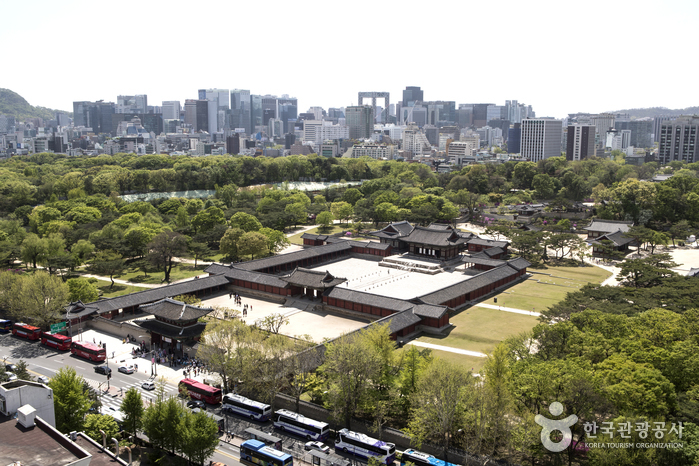
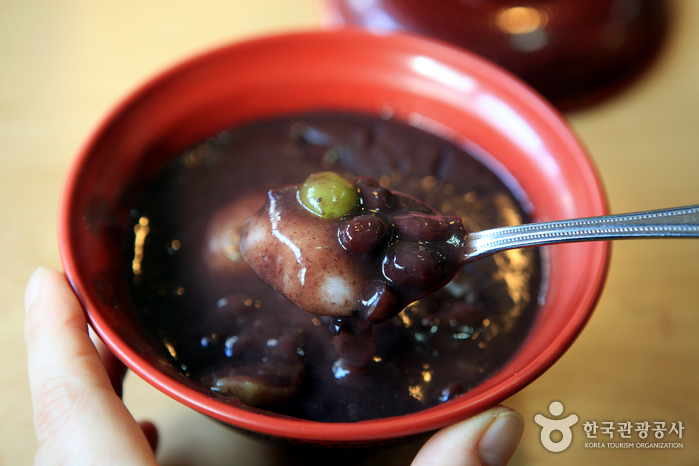
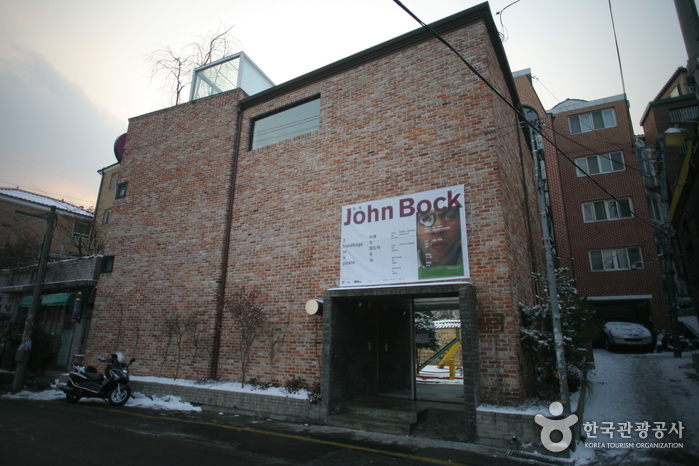


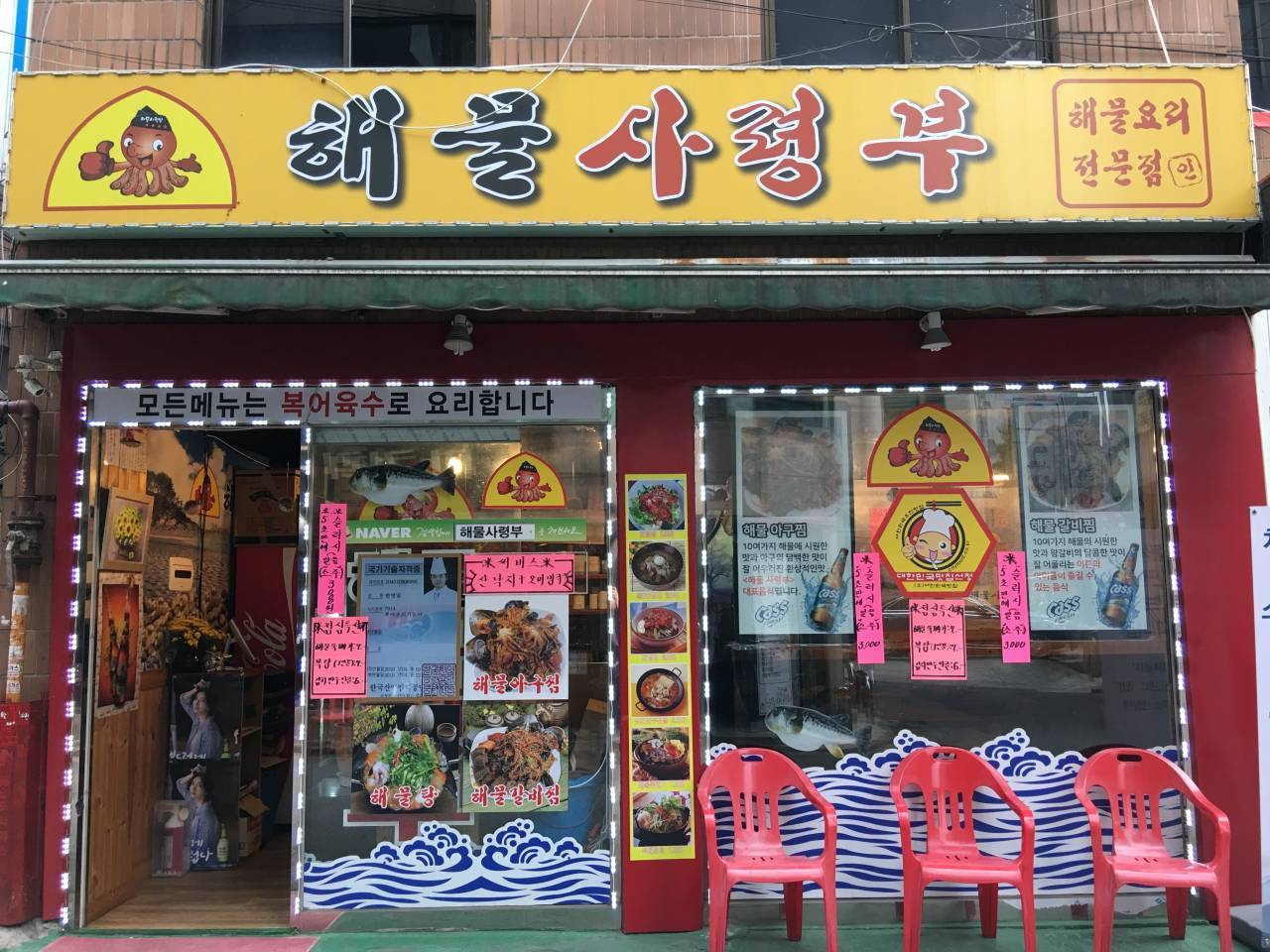
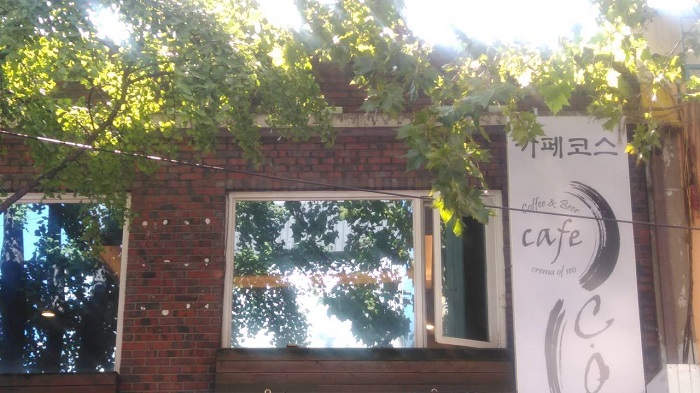
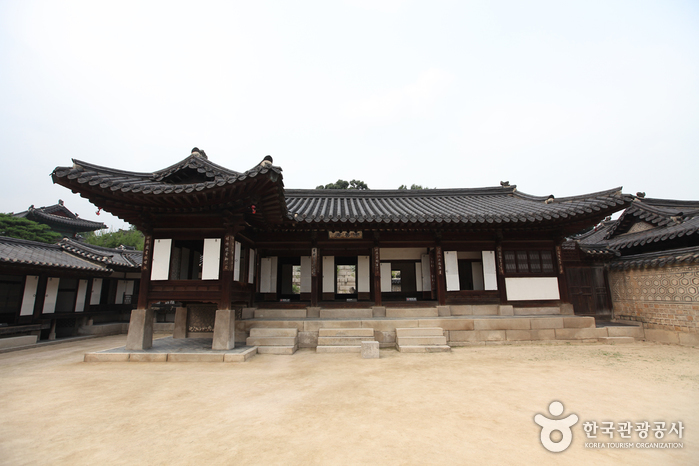
![Bukchonmaru hanok guesthouse [Korea Quality] / 북촌마루한옥게스트하우스 [한국관광 품질인증]](http://tong.visitkorea.or.kr/cms/resource/32/2574032_image2_1.jpg)
 Français
Français
 한국어
한국어 English
English 日本語
日本語 中文(简体)
中文(简体) Deutsch
Deutsch Español
Español Русский
Русский